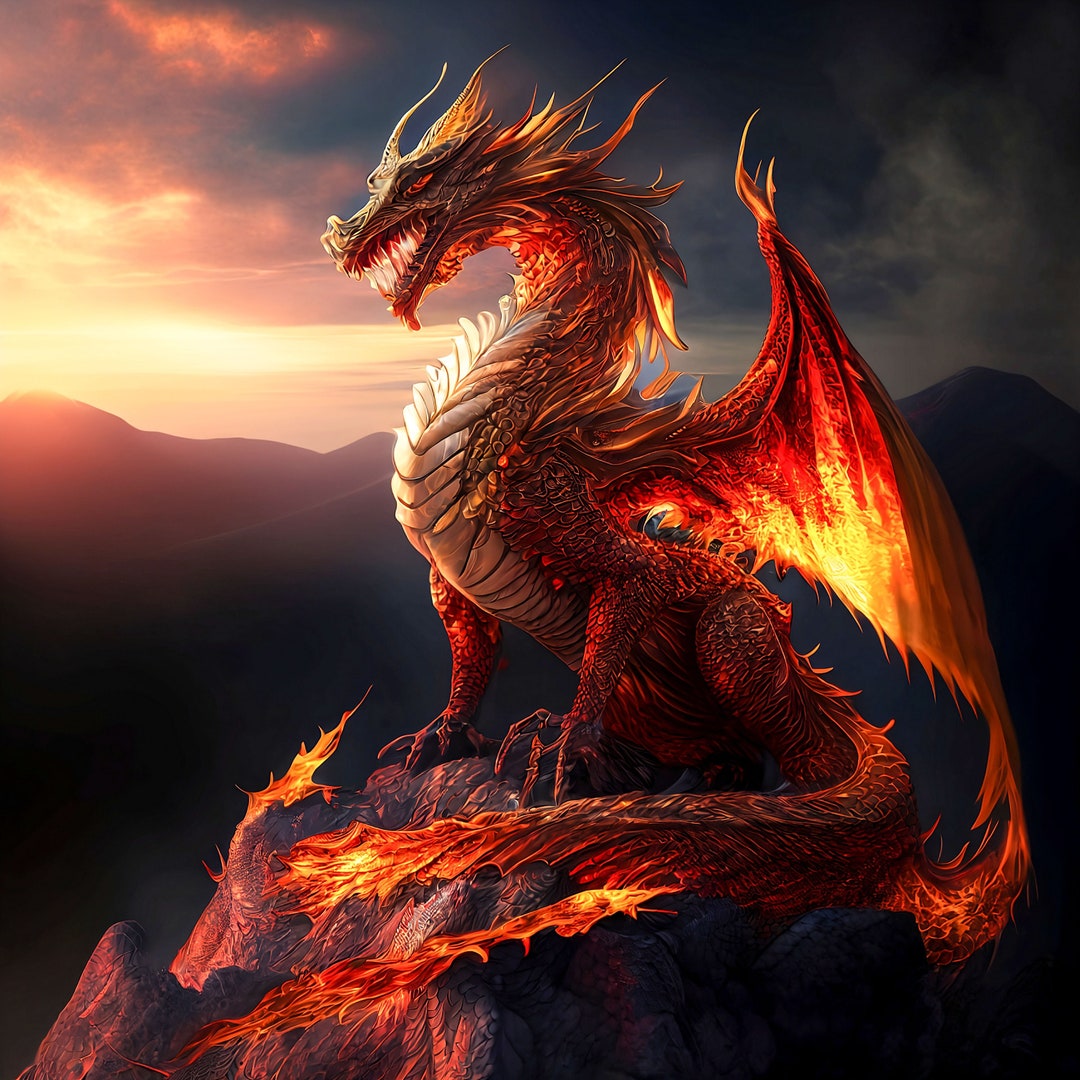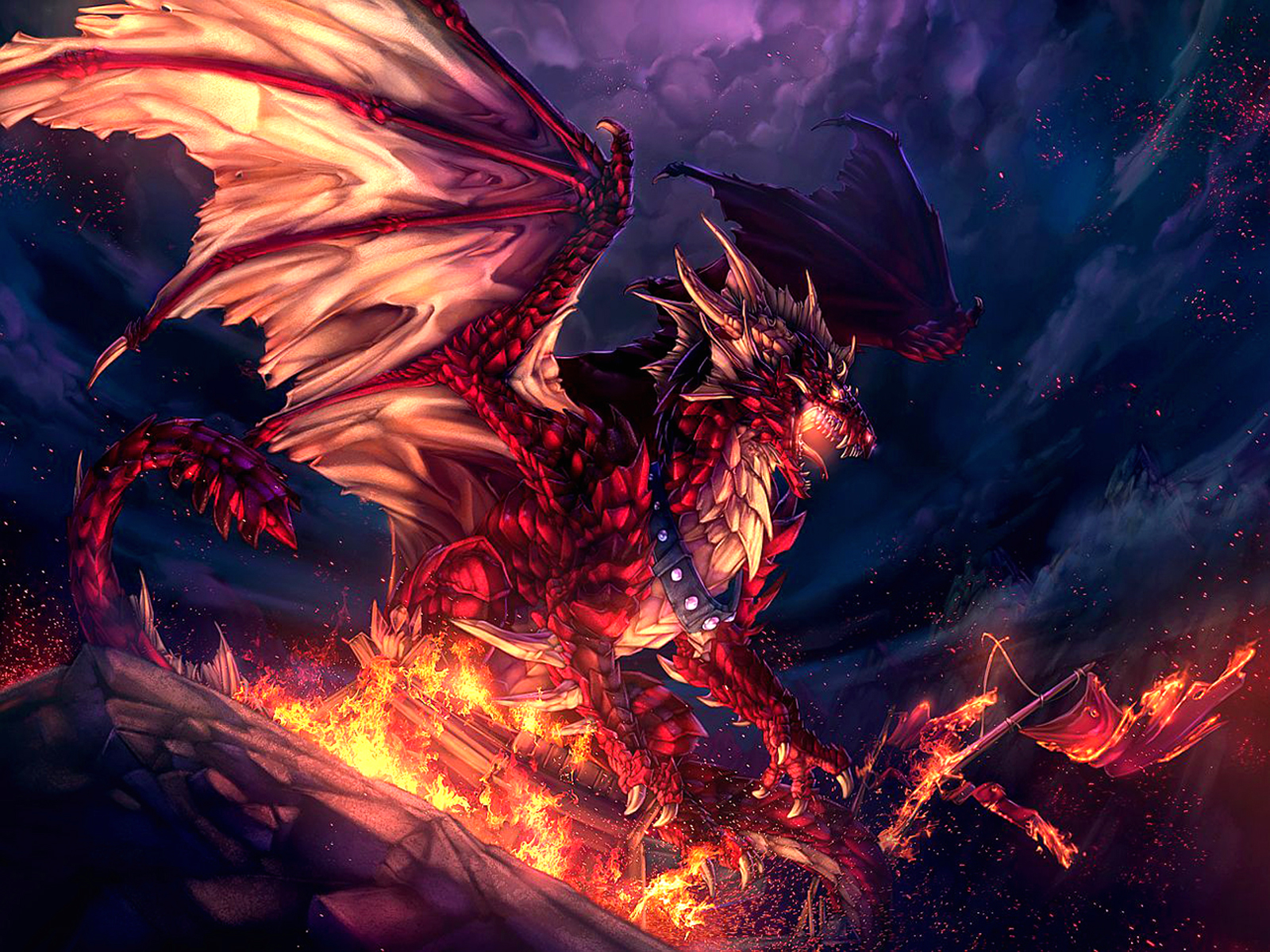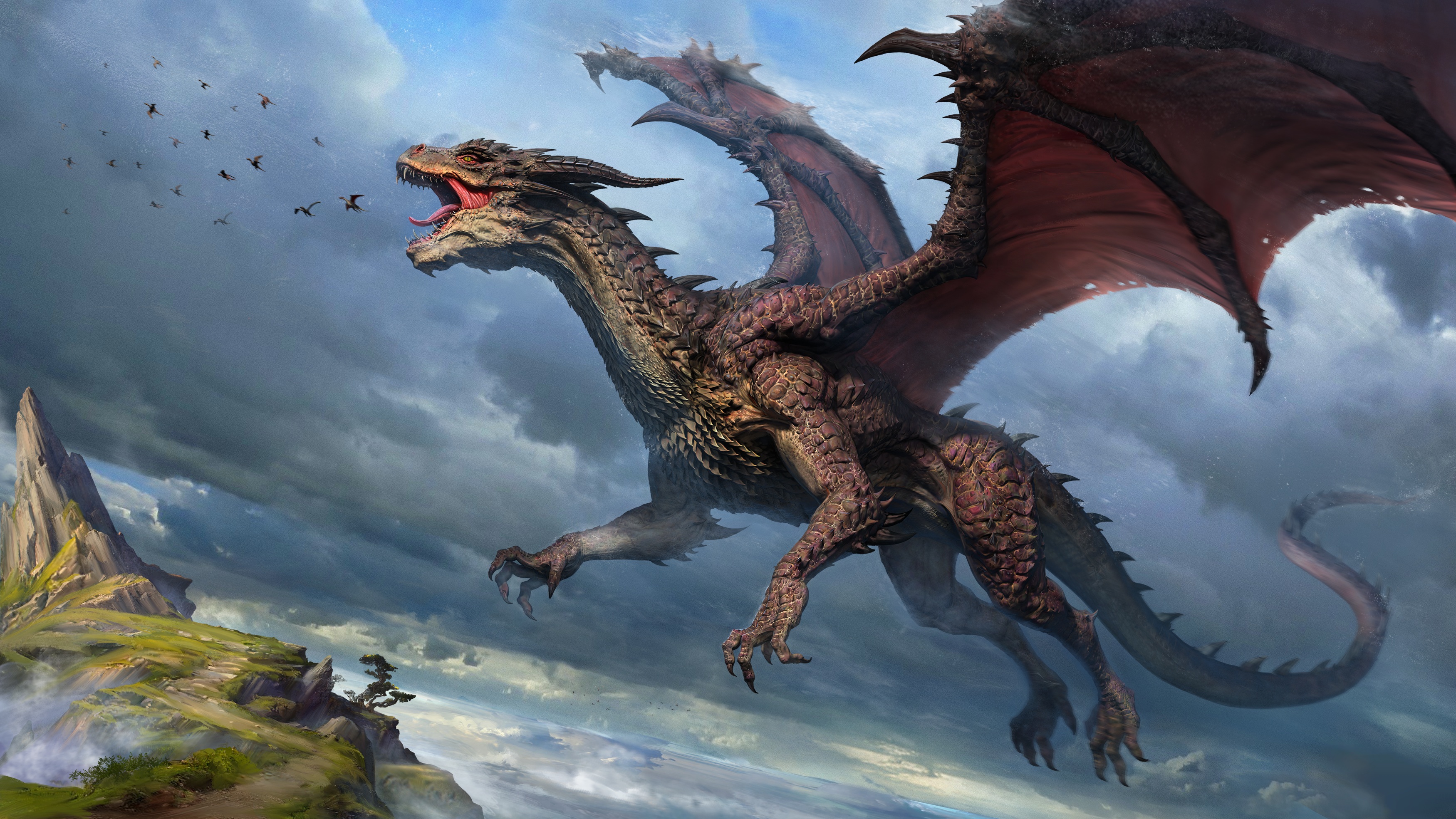Have you ever stopped to think about how words shape our understanding of the world, or perhaps, how a single translation can echo through history? It's a rather fascinating idea, actually, the way language can build bridges, or sometimes, create unexpected divides. We're going to take a look at something quite intriguing today, something we're calling "Dragon Fly Jones," which is a bit of a story about how words travel and change meaning.
You see, it all goes back to a time when different cultures first started really talking to each other, like during the Opium Wars. That's when, apparently, a missionary named Robert Morrison made a very important decision about translating the Chinese character for "Long" (龙). He looked at it, thought about the "dragon" from the Book of Revelation, and, well, decided they were pretty similar. So, "Long" became "dragon" in English, and that's how it has stayed for a long time, too it's almost.
But things, you know, they tend to shift over time. Academics, especially in the West, are starting to see that some Chinese ideas just don't fit perfectly into existing Western words. It's like trying to put a square peg in a round hole, more or less. So, there's a growing trend to just use the Pinyin, the direct sound, for Chinese concepts. This little shift, this movement in how we talk about things, really helps us think about the bigger story of "Dragon Fly Jones" and what it might mean for us, very, very.
Table of Contents
- The Conceptual Journey of Dragon Fly Jones
- Attributes of a Cultural Concept
- The Linguistic Tapestry Behind the Name
- The Impact of Translation on Cultural Understanding
- Modern Shifts and New Perspectives
- Common Questions About Cultural Symbols and Language
- The Continuing Story of Words and Worlds
The Conceptual Journey of Dragon Fly Jones
So, who or what exactly is "Dragon Fly Jones"? Well, it's not a person you'd meet walking down the street, actually. Instead, think of "Dragon Fly Jones" as a kind of idea, a symbolic figure that helps us explore the fascinating ways words get translated and how those translations change our view of other cultures. It's like a quiet observer, a bit of a guide through the twists and turns of language history. Its "birth," if you will, happened during those early encounters between East and West, when big decisions about words were made, like the one about "Long" and "dragon," in a way.
This conceptual entity, "Dragon Fly Jones," embodies the subtle dance between cultural symbols. It represents the delicate act of taking a concept from one language and trying to fit it into another. Sometimes it works pretty well, and sometimes, well, things get a little lost or changed along the way. Its "life story" is really the story of how our collective understanding of things like the Chinese 'Long' has evolved, and how we're still figuring out the best ways to share ideas across different languages, you know.
Its journey, you might say, is ongoing, much like the process of learning about new cultures. Just as academics are now moving towards using Pinyin for Chinese terms, "Dragon Fly Jones" reminds us that our understanding of the world is always growing, always getting a little clearer, or at least, a little different. It's a reminder that language is not just about words; it's about connecting people and their unique ways of seeing things, very, very.
Attributes of a Cultural Concept
Here are some conceptual "details" about "Dragon Fly Jones," as a way to understand its symbolic nature:
| Conceptual Name | Dragon Fly Jones |
| Embodiment Of | The nuances of cross-cultural translation, linguistic evolution, and symbolic interpretation. |
| Conceptual Origin | The historical period of early East-West cultural exchange and linguistic adaptation, specifically the translation of Chinese 'Long' to Western 'Dragon'. |
| Primary Influence | The impact of early missionary linguistics and the ongoing academic re-evaluation of cultural terminology. |
| Symbolic Traits | Adaptability, fluidity, a bridge between disparate ideas, a quiet observer of linguistic shifts. |
| Current State | An evolving concept, reflective of modern academic trends favoring direct cultural representation (e.g., Pinyin). |
The Linguistic Tapestry Behind the Name
The name "Dragon Fly Jones" itself is quite interesting, isn't it? It's like a little puzzle, combining elements that, when you look closely, tell a bigger story about language and culture. The "dragon" part, naturally, points to that big discussion about the Chinese 'Long' and the Western 'Dragon.' And the "fly" part? Well, that brings up the word "dragonfly," which has its own curious history. It's all connected, you see, in this broader conversation about how words come to be and what they carry with them, apparently.
From 'Long' to 'Dragon': A Historical Moment
It's pretty clear that the choice to translate the Chinese 'Long' as "dragon" by people like Robert Morrison during the Opium Wars was a big deal. He, and others, looked at the 'Long,' a powerful and often benevolent symbol in Chinese culture, and saw something similar to the "dragon" they knew from Western stories, particularly the one in the Book of Revelation. That Western dragon, you know, often represents something quite different, something evil or dangerous. So, the word "dragon" was picked, and that choice, in a way, really shaped how many in the West first saw the Chinese 'Long,' and stuff.
This particular translation, you might say, stuck around for a very long time. It shows how powerful early linguistic decisions can be. For ages, when people in the West heard "dragon" in connection with China, they probably pictured something more like their own mythical beast than the Chinese 'Long.' This kind of linguistic choice, really, is a core part of what "Dragon Fly Jones" represents: the subtle but deep impact of how we name things from other cultures, you know.
The Whys of Dragonfly
Then there's the "fly" part, which makes you think of a "dragonfly." Why, you might wonder, is a dragonfly called a "dragonfly"? It's a question many people have, and it, like the 'Long' to 'dragon' translation, points to how our language evolves. Some say it's because of their large size compared to other insects, or their powerful, almost dragon-like flight. Others think it might be about their appearance, their big eyes, or perhaps even a bit of folklore connecting them to dragons. It's a bit of a mystery, honestly, but it adds another layer to our "Dragon Fly Jones" concept, showing how names can carry hints of older ideas, even when they seem quite different, like your.
This connection to the "dragonfly" is, in a way, about the agility and lightness of movement. Dragonflies dart around, changing direction quickly. This can symbolize how ideas and meanings can shift and move, sometimes subtly, sometimes dramatically, across different languages and cultures. It's a reminder that language is not static; it's always in motion, always adapting, kind of.
The Impact of Translation on Cultural Understanding
When you think about "Dragon Fly Jones," you're really thinking about the big picture of how we understand each other across cultures. That initial translation of 'Long' to "dragon" had a pretty significant effect, didn't it? It set a certain tone for how Westerners viewed a very important Chinese symbol. It's like looking at a painting through a colored lens; the image is still there, but the colors, the feeling, are changed. This is a crucial part of the "Dragon Fly Jones" story, as a matter of fact.
This isn't just about one word, though. It's about how entire ways of thinking can be shaped by the words we choose to use. When we translate, we're not just swapping words; we're often trying to match concepts that might not have a perfect equivalent. This can lead to misunderstandings, or at least, a different kind of understanding than what was originally intended. The journey of "Dragon Fly Jones" really makes you consider the responsibility that comes with translating cultural ideas, you know.
The good news is that people are becoming much more aware of this. There's a growing appreciation for the unique qualities of different cultures and their languages. This means trying harder to represent ideas as they are, rather than forcing them into existing molds. It's a slow but important shift, and it shows that we're always learning how to communicate better, always trying to get closer to the real meaning, very, very.
Modern Shifts and New Perspectives
Today, there's a definite move in academic circles, especially in the West, to recognize the distinctiveness of Chinese cultural phenomena. The idea that you can't always find a perfect one-to-one match between a Chinese concept and a Western word is really gaining ground. This is a big part of the ongoing story of "Dragon Fly Jones." It's about letting go of old habits and embracing new ways of seeing things, basically.
So, instead of trying to find a Western word that's "close enough," there's a strong leaning towards using Pinyin. This means, for example, calling the Chinese mythical creature 'Long' instead of "dragon" when talking about Chinese culture specifically. This approach, you see, respects the original language and its unique cultural context. It's a way of saying, "This is its own thing, and it deserves its own name," you know.
This shift is quite fresh, a very contemporary development in how we talk about global cultures. It shows a growing respect for cultural authenticity and a desire to avoid misinterpretations that have happened in the past. "Dragon Fly Jones" really embodies this forward movement, this quest for clearer, more accurate communication across different parts of the world. It's an exciting time for language and cultural studies, honestly.
Common Questions About Cultural Symbols and Language
People often have questions about how languages and cultures connect, and these are some thoughts that come up a lot, like your.
What is the connection between the Chinese 'Long' and the Western 'Dragon'?
The connection is mostly historical, rooted in early translation efforts. Robert Morrison, for example, saw similarities between the Chinese 'Long' and the Western "dragon" from the Book of Revelation, and chose that word. However, their cultural meanings are often quite different, with the 'Long' generally being a benevolent symbol in China, while the Western "dragon" often has a more fearsome or evil image. It's a really interesting point of difference, that.
Why is the dragonfly called a 'dragonfly'?
The exact reason isn't totally clear, but there are a few ideas. Some people think it's because of their size, their strong flight, or their appearance, which might have reminded earlier observers of dragons. It's a name that stuck, and it shows how words can sometimes carry a bit of mystery and old folklore within them, you know.
How have translations shaped our understanding of cultural symbols?
Translations have played a huge role in shaping how we see other cultures. When a word from one language is translated into another, the new word often brings its own set of cultural baggage and associations. This can lead to new understandings, or sometimes, to misunderstandings, of the original symbol. It's a very powerful process, really, and it means we need to be thoughtful about how we translate, and stuff.
The Continuing Story of Words and Worlds
Thinking about "Dragon Fly Jones" really gets you reflecting on how language is a living, breathing thing, always changing, always adapting. It's a reminder that the words we use have a lot of history packed into them, and they can influence how we see everything around us, and everyone else too. The story of "Long" becoming "dragon" and the current shift towards Pinyin shows us that our collective understanding is always growing, always getting a little more nuanced, you know.
It's pretty clear that as the world gets more connected, the way we talk about different cultures becomes even more important. Being careful with our words, trying to understand the real meaning behind them, is a valuable thing to do. It helps us build stronger connections and appreciate the incredible diversity of human thought and expression, very, very.
So, the next time you hear a word that seems to bridge two different cultures, or perhaps, a word that makes you wonder about its origins, take a moment to think about its journey. Consider the choices made along the way, the subtle shifts in meaning, and how those choices help shape our shared human story. It's a fascinating thought, really, and it's something that "Dragon Fly Jones" helps us remember. Learn more about linguistic nuances on our site, and link to this page about Robert Morrison for more historical context.



Detail Author:
- Name : Jane Fadel
- Username : tfunk
- Email : ymarquardt@gmail.com
- Birthdate : 1973-07-04
- Address : 92650 Prosacco Freeway Judsonland, MO 20019-4412
- Phone : 1-718-802-6479
- Company : Koss PLC
- Job : Carpenter
- Bio : Voluptates vel beatae ut amet accusamus qui molestias. Non ipsam voluptas officia ea excepturi. Animi et eos sint occaecati velit omnis qui. Consectetur vitae assumenda quidem ut.
Socials
instagram:
- url : https://instagram.com/jalyn_balistreri
- username : jalyn_balistreri
- bio : Vel animi quo accusantium et vel et nulla. Qui hic quam non ut incidunt hic. Et ad eius eos.
- followers : 171
- following : 869
twitter:
- url : https://twitter.com/balistrerij
- username : balistrerij
- bio : Corporis enim aut nobis aut. Earum laudantium necessitatibus est ex qui repellat. Similique nemo voluptatem sunt quaerat molestiae earum ut.
- followers : 4919
- following : 2648
facebook:
- url : https://facebook.com/balistrerij
- username : balistrerij
- bio : Quia voluptatem suscipit omnis molestiae tenetur.
- followers : 6350
- following : 143



























